SHOULD PROBIOTICS BE USED IN SHRIMP PONDS DURING HOT WEATHER?
High temperatures also accelerate the decomposition of shrimp waste, leading to localized oxygen shortages at the pond bottom. Harmful gases such as H₂S, NO₂, and NH₃ build up, and harmful bacteria proliferate. Algae—especially blue-green algae (Cyanophyta) and dinoflagellates (Dinophyta)—tend to bloom rapidly, releasing toxins that are detrimental to shrimp health. As algae bloom and die off quickly, they destabilize the pond's pH levels and increase suspended solids in the water, deteriorating water quality.
Hot weather not only increases the water temperature in shrimp ponds but also triggers a cascade of negative impacts on shrimp health. Therefore, farmers must frequently monitor water quality parameters to detect anomalies early and respond promptly.
Controlling algae blooms in shrimp ponds is a critical task during this season to prevent worsening conditions.
Pond water with green algae bloom
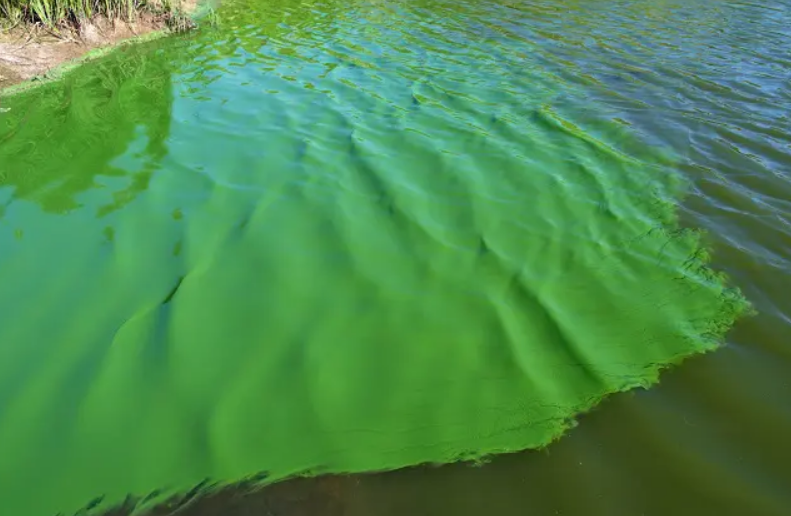
To manage algae levels in the pond:
Perform water exchange with proper dosage and frequency
Use biological products that cleanse the water, improve water clarity, and reduce viscosity
Chemical algaecides may be used but are generally discouraged due to safety concerns.
Aqua Mina's distributor in Japan: REX INDUSTRIES CO., LTD
- Address: 1-9-3 Hishiya-Higashi, Higashi-Osaka 578-0948 JAPAN
- Email: kimakubo@rexind.co.jp
- Phone: +81-(0)72-961-9893
- Website: http://www.rexind.co.jp/e/
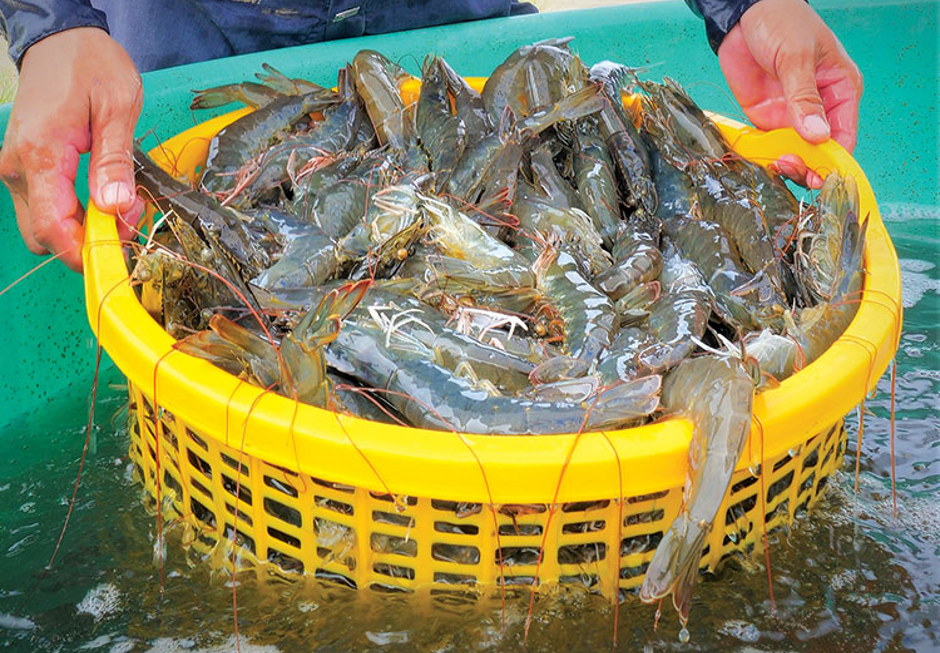
WE WORK FOR YOUR SUCCESS!
Ngày đăng : 25/04/2025
1744 View
Other Articles
Portuguese food group acquires 18% stake in cod farming company Norcod
Indonesia implements radioactive-free shrimp certification for exports to the United States
India is world’s second-largest shrimp producer. That is now under threat
Ca Mau’s shrimp industry moves towards “green” growth
Floods devastate aquaculture, processing operations in Vietnam
Ecuador Leads Global Shrimp Exports, Surpassing USD 7 Billion in 2025
India's marine product exports rise 16% as new markets offset US dip
Skretting presents the first shrimp feed with insect meal in Vietnam
Sharing: EU increases shrimp imports in the first 9 months of the year
Gideon De Oro opens high tech Cebu shrimp plant, to revive exports
White-leg shrimp facing WSSV: When density and environment fluctuate together








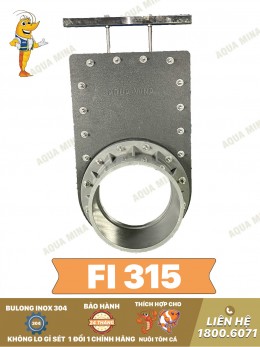
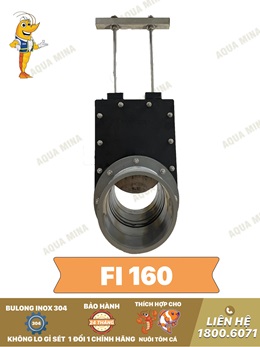
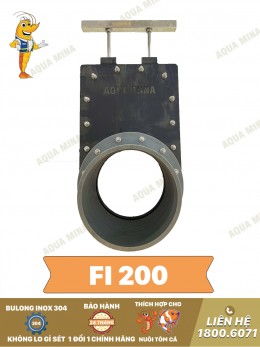
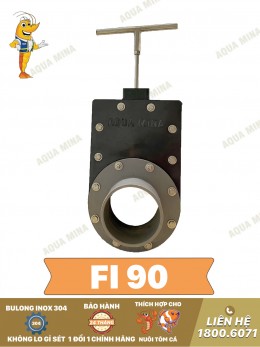
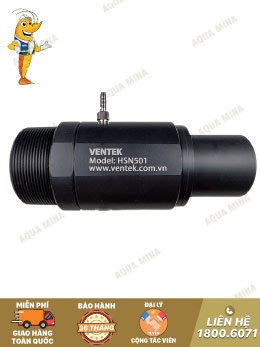
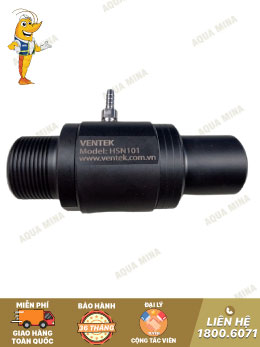

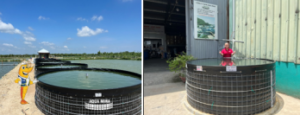
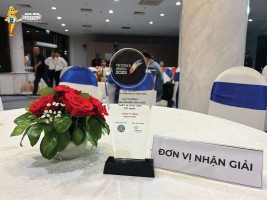
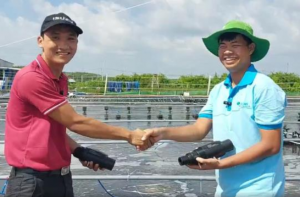
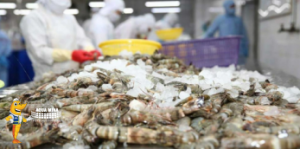
.jpg)